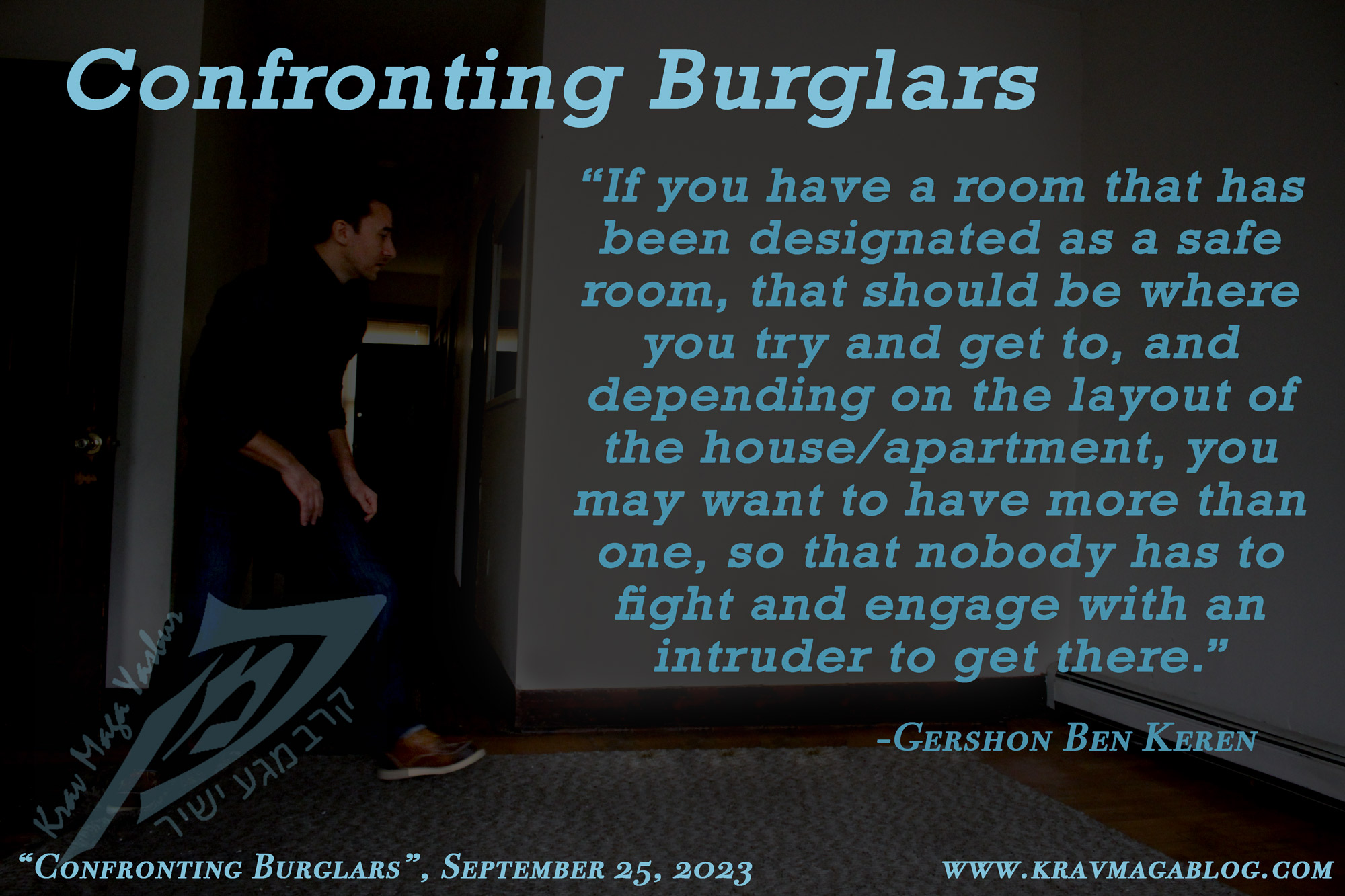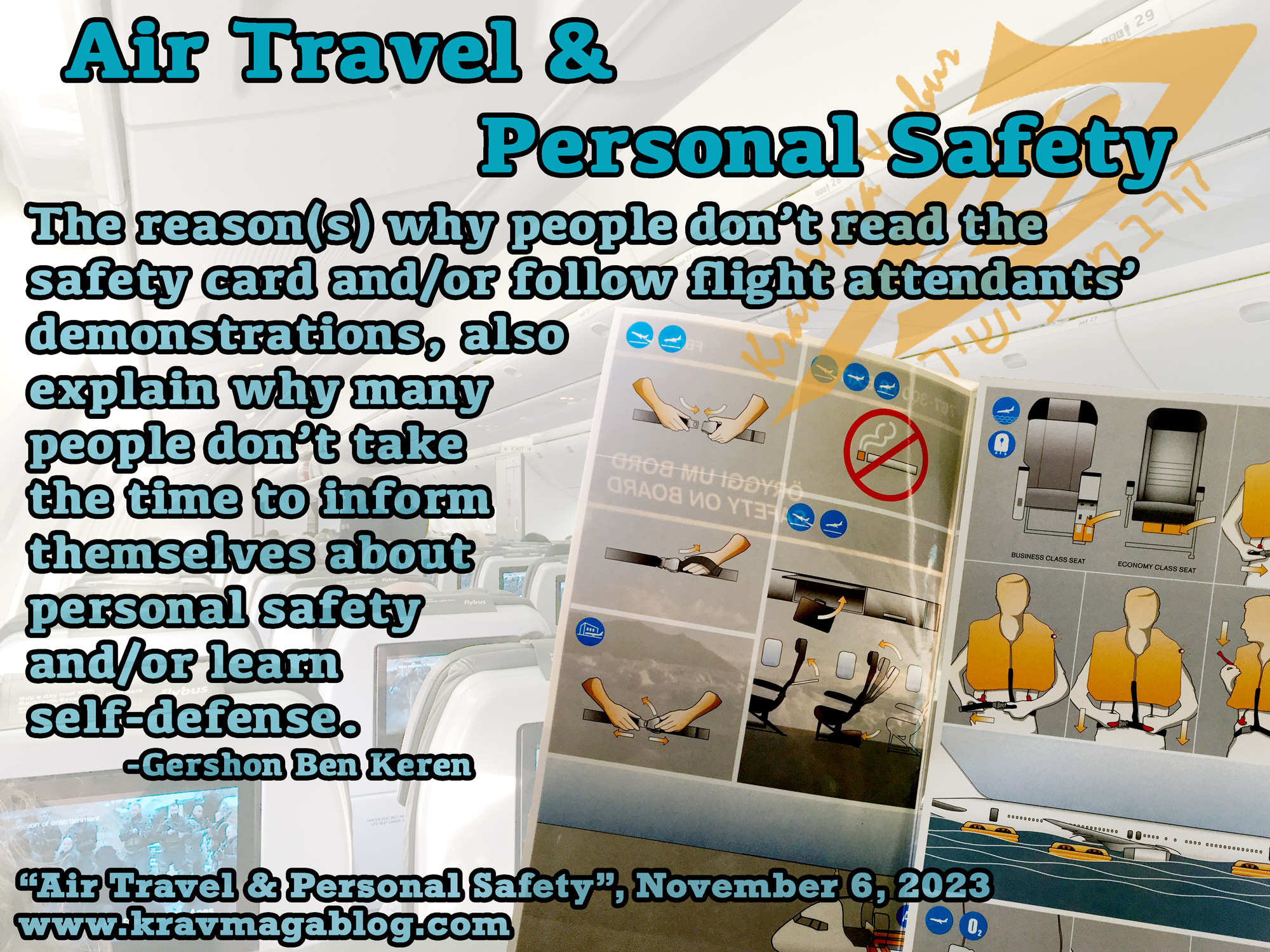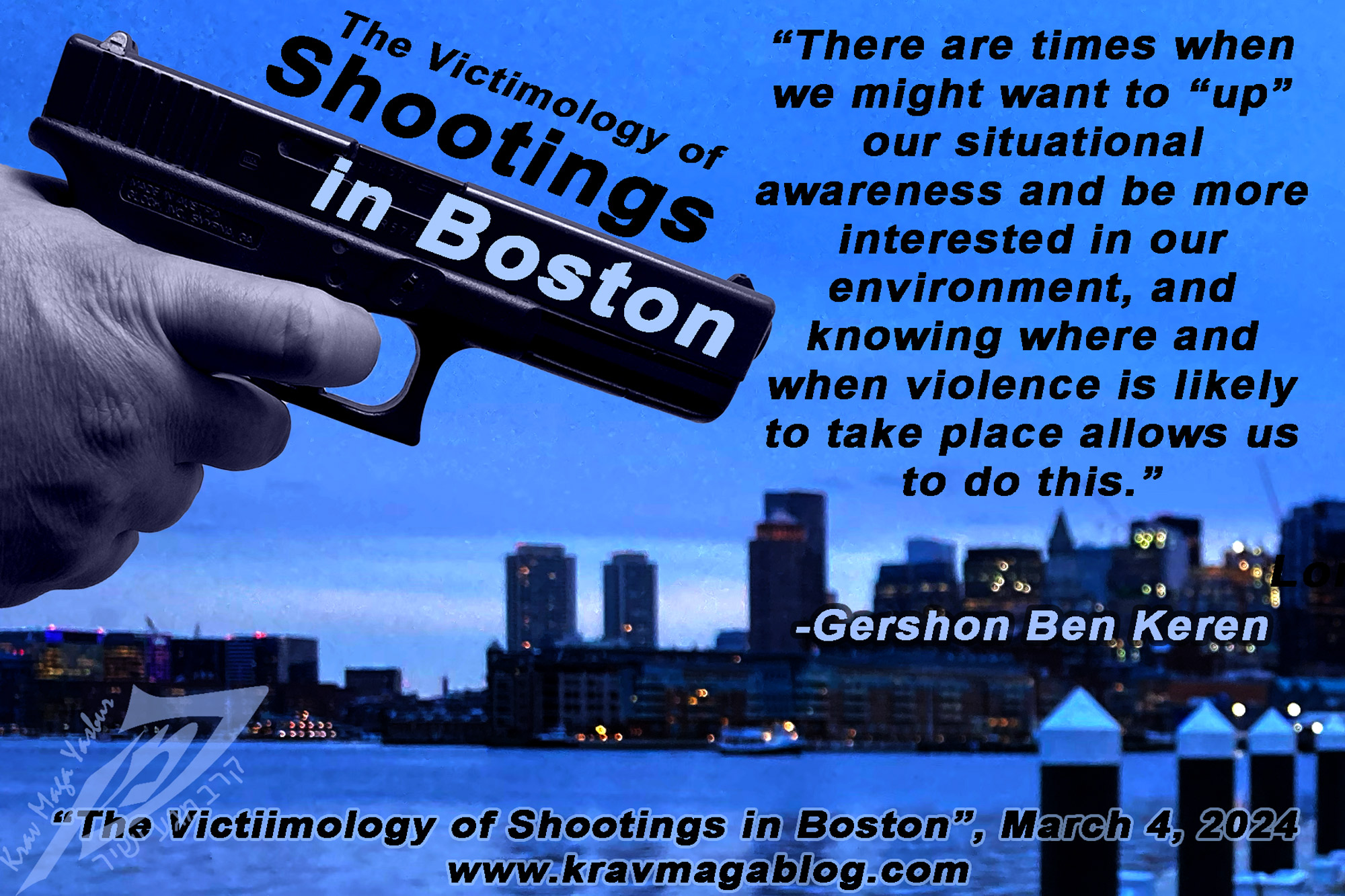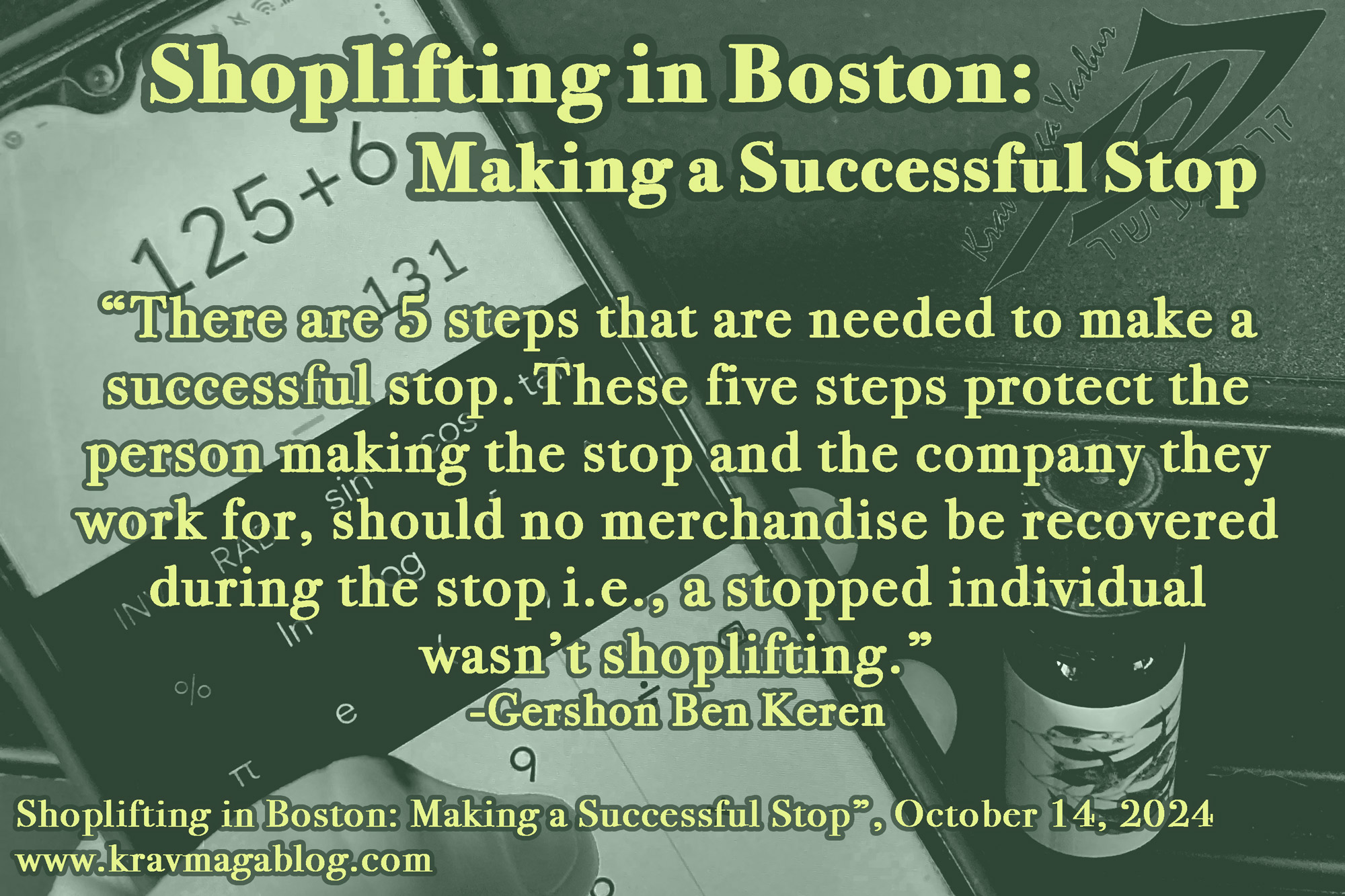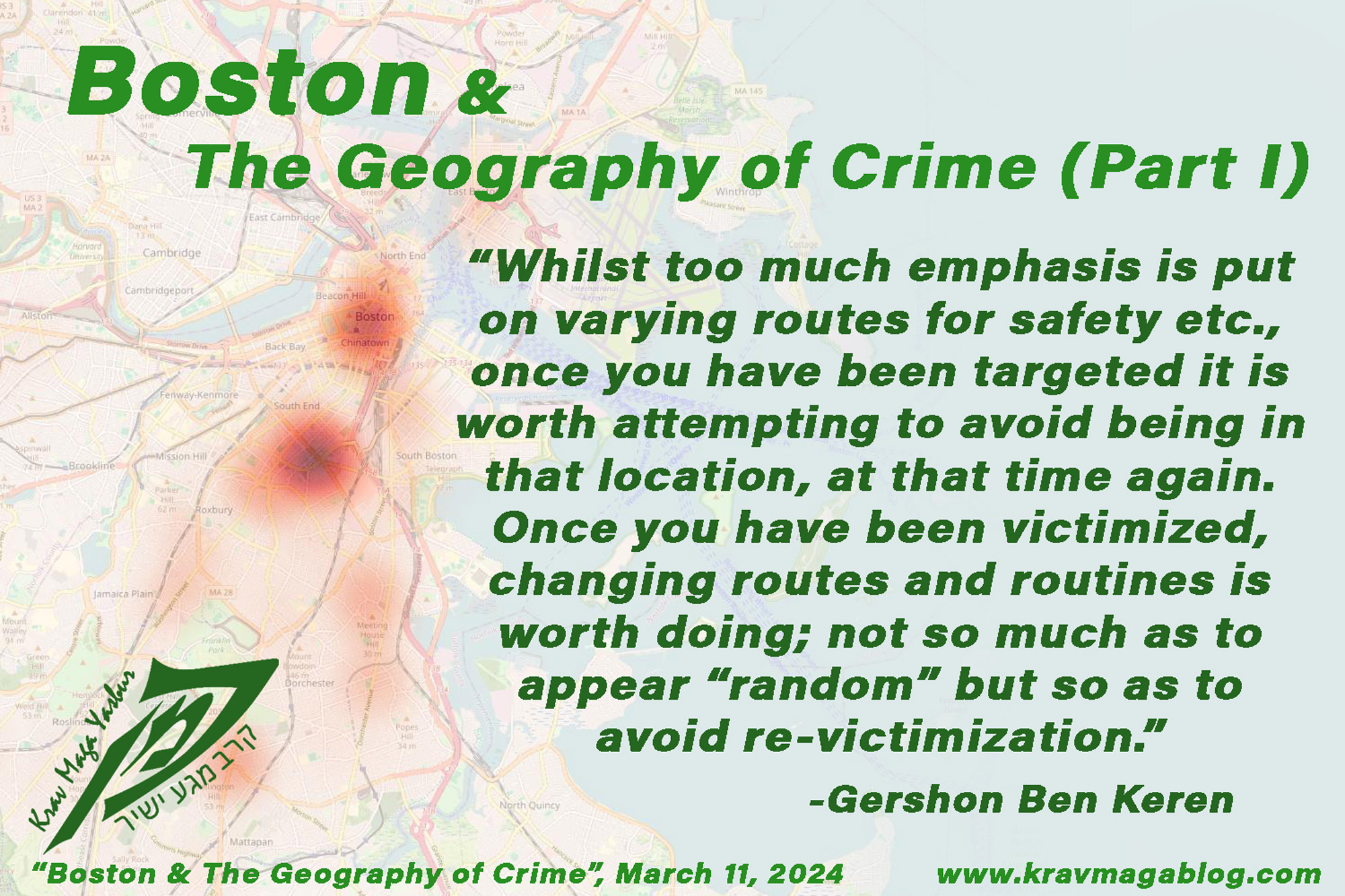The Victimology of Shootings in Boston, is an article written by Gershon Ben Keren, a 5th Degree Black Belt in Krav Maga, who teaches Krav Maga in Boston, MA. He has also authored three Amazon best-Selling Books on Krav Maga.
This article draws from a dataset provided by Boston PD, of incident reports concerning shootings in Boston between January 2015 and January 2024. The dataset focuses on the victimology (the age, gender, ethnicity etc.) of those shot and doesn’t note what the actual incident was. However, looking at and using other datasets provided by the BPD, these shootings are likely to be the result of assaults, verbal disputes and incidents taking place in private dwellings/homes etc. Out of all the shootings in Boston, only around 0.7% involve violent offenses such as robberies – this doesn’t mean that firearms weren’t present in a greater number of these crime incidents, just that they were rarely ever used. So, ceteris paribus (all other things being equal), it is likely that the vast majority of these shootings were spontaneous affairs, rather than professional and/or planned events etc.
89% of those who were shot were male (in 17% of cases the shootings were fatal), with 11% being female, and around 12% of these incidents resulting in a fatality. The difference in fatalities may be that in certain instances women are not the “primary” target but are bystanders who are hit by gunfire that isn’t intended for them e.g., they receive wounds on their peripheries rather than towards the head or the center of the body, were major organs are located, making their injuries ones that are less likely to be fatal. One statistic that might add support to this idea, is that women are significantly more likely to be shot when a shooting involves multiple victims i.e., in around 40% of shootings where women are victims, there are multiple victims, compared with less than 30% for men; men are much more likely to be single victims, than women. Women are also much more likely to be shot between the hours of 11 pm and 1 AM than men, which coincides with the times when the most multi-victim shootings occur (around 30% of all multi-victim shootings occur within these two hours, with around 30% of all female shootings also occurring at these times). This may also add weight to the argument that in many shootings that see women getting shot, they are not the intended target, or may be a “secondary” target. During the week (including Fridays), shootings where men are the victims, are fairly stable e.g., there is little difference between the number of shootings on a Monday compared to a Wednesday, or a Friday etc. This is not the case where women are the victims. For both genders, approximately 60% of shootings occur during the week and 40% on the weekends. Women are significantly more likely to be shot on a Monday or a Friday than men, and on these days are twice as likely to shot between the hours of 5 PM and 7 PM as men. This could indicate that as well as being unintended targets, women could also be the victims of starts and end of the working week stress, where they are shot after returning home from work by intimate partners etc.
The summer months see the greatest number of people being shot, with June, July, and August accounting for almost 40% of all shootings in Boston. These are also the months that see the greatest number of multi-victim shootings (over 40%). All of this makes sense as this is the time of year when people are out in public, and the number of potentially bad social interactions increases. Nearly 75% of all shootings in Boston occur in three neighborhoods: Dorchester (42%), Roxbury (23%), and Mattapan (9%). This is despite these three neighborhoods together accounting for 30% of the city of Boston’s entire population (Dorchester, 19%; Roxbury, 8%; and Mattapan 4%). When looking at ethnicity/race, White (4%) and Asian (0.5%) people make up less than 5% of all shooting victims. The majority are Black/African Americans (75%), and Hispanic or Latinx (21%). When it comes to gender and race, Asian women (12%) are more likely to be shot than white women (7%), however the sample size for all Asians is so small that it would be wrong to draw such a conclusion. Regardless of race/ethnicity roughly 10% of all shooting victims are women, and 90% are men – the main differences being the days and times at which they get shot.
Boston is a relatively safe large city, with theft and petty larceny making up the majority of crime. For an American “large” city it has very little violent crime and most of that is located in the areas that also have the highest numbers of shootings. Like all city crime, it is concentrated in a few street segments and corners/intersections, and these tend to remain relatively stable over time. Avoiding being out late at night/early in the morning, especially during the summer months will statistically reduce your chances of being the victim of a shooting. Whilst you may have “legitimate” business being in a public space, late at night e.g., making your way home, waiting for a bus etc., not everyone in that same space at that same time may have a “legitimate” reason to be there. There are times when we might want to “up” our situational awareness and be more interested in our environment, and knowing where and when violence is likely to take place allows us to do this.
0 COMMENTS